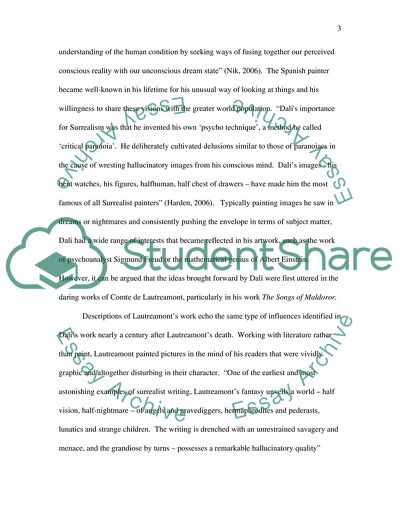Cite this document
(“Lautreamonts Sewing Machine and Umbrella Essay Example | Topics and Well Written Essays - 2000 words”, n.d.)
Retrieved from https://studentshare.org/visual-arts-film-studies/1537759-lautreamonts-sewing-machine-and-umbrella
Retrieved from https://studentshare.org/visual-arts-film-studies/1537759-lautreamonts-sewing-machine-and-umbrella
(Lautreamonts Sewing Machine and Umbrella Essay Example | Topics and Well Written Essays - 2000 Words)
https://studentshare.org/visual-arts-film-studies/1537759-lautreamonts-sewing-machine-and-umbrella.
https://studentshare.org/visual-arts-film-studies/1537759-lautreamonts-sewing-machine-and-umbrella.
“Lautreamonts Sewing Machine and Umbrella Essay Example | Topics and Well Written Essays - 2000 Words”, n.d. https://studentshare.org/visual-arts-film-studies/1537759-lautreamonts-sewing-machine-and-umbrella.


